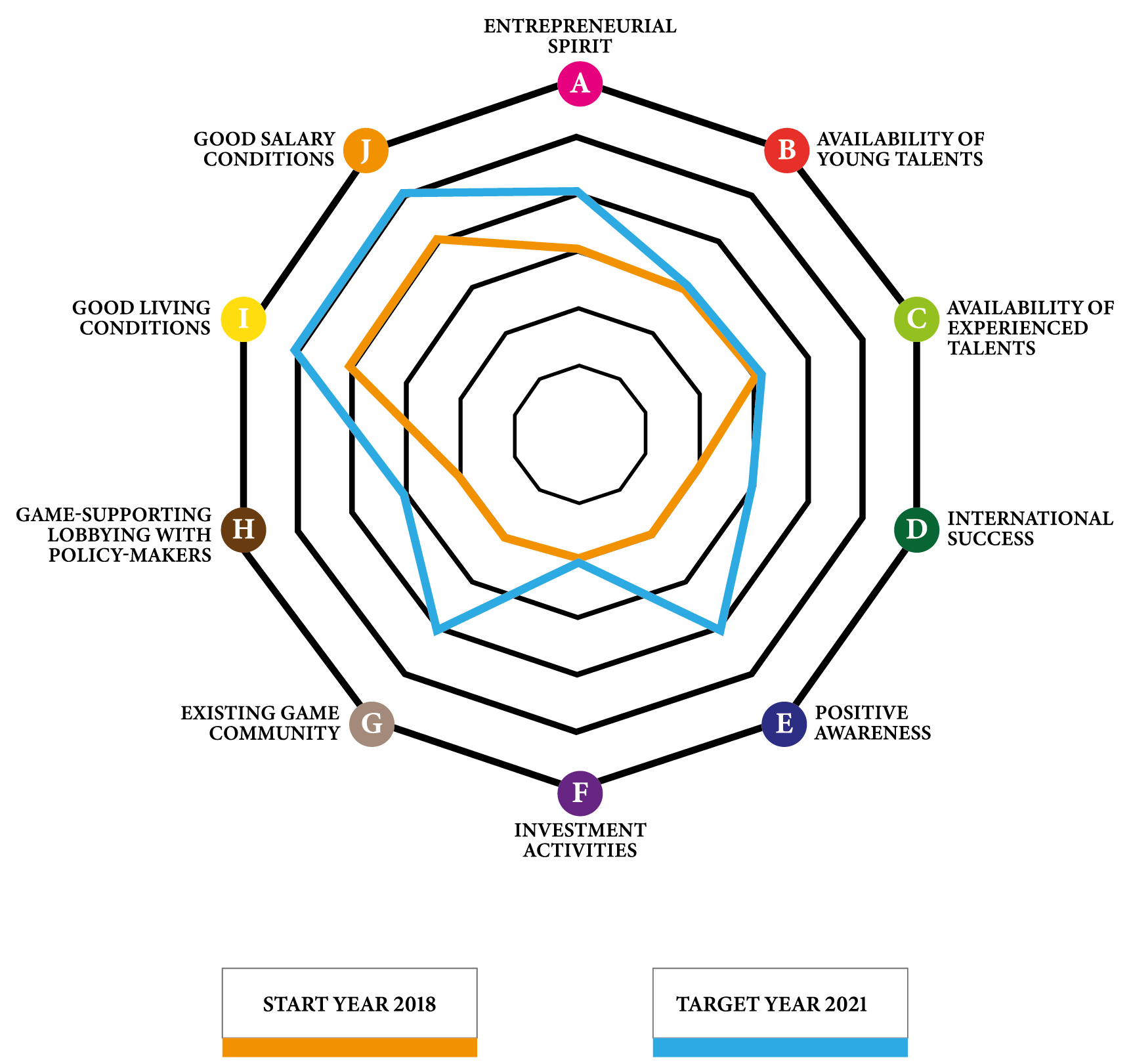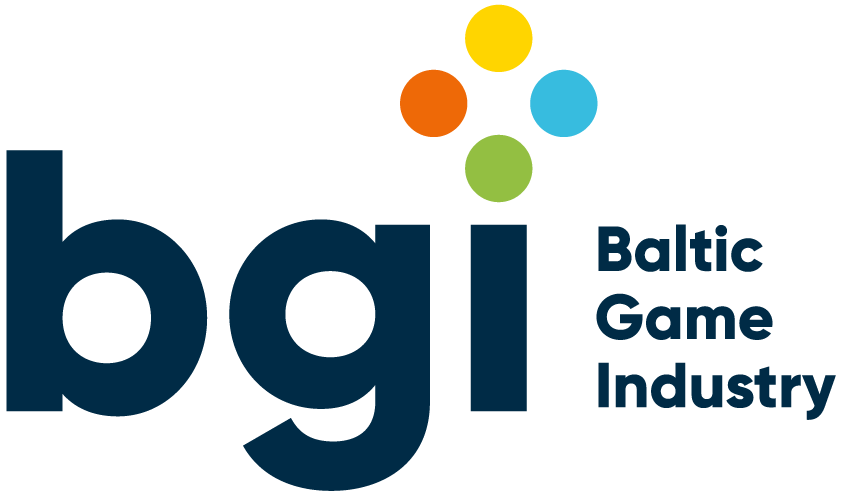Talents, Labour Market and Quality of Work Estonia
Working conditions
General working time in Estonia is 8 hours a day, 5 days per week. According to the Working and Rest Time Act, the duration of the lunch break should be between 30 minutes and an hour. A person raising a child younger than 1.5 years shall be granted additional breaks for rest and meals. More information can be found on the Work in Estonia website: https://www.workinestonia.com/working-in-estonia/
The legislation is liberal and offers a lot of flexibility in agreeing on terms and conditions of employment. Regulations regarding employment and labour contracts are regulated by the Employment Contracts Act.
A list of sample contracts in English can be found on the Work in Estonia webpage.
- national: 1,316,869 (2016)
- number of European foreigners: 1.84%
- number of non-European foreigners: 9.89%
Labour market
According to Human Capital Report Estonia is a success story with regard to successful human capital potential maximisation, ranking 15th globally.
The Estonian labour market can be described by:- highly skilled workforce
- 86% of adults speaking at least one foreign language
- low unionisation
- simple and straightforward labour legislation
- easy hiring and job contract termination processes
- Estonian Unemployment Insurance Fund (services are free of charge)
- private recruitment companies
- online job listings
- advertising in national and local papers
- career services of the main universities
- Work in Estonia (for hiring from abroad; services are free of charge)
Work in Estonia has also listed a number of useful services that can be of help when hiring either from Estonia or abroad, finding short-term employees, relocating employees, etc.
Wages must be paid at least once a month and it is the employer’s obligation to calculate and withhold all payroll taxes.
When hiring, the general standard is a 4-month probation period with one-day notice period. Long-term employees have usually a 1 month notice period. If the working hours are at night (from 10:00 pm to 6:00 am), employers shall pay wages exceeding the normal wages by 1.25 times, unless it has been agreed that the wages include remuneration for working at night.
Work during public holidays may be compensated either by offering time off or by paying 2 times the wages for the work.
Payment for overtime – additional remuneration per hour of overtime is at least 50% of the rate of the hourly wage.
- Working hours (average per week): 40
- High-wage earners as a proportion of all employees (excluding apprentices): 2016: 13.9%
- Unemployment rate on national level in 2016 was 6.8%, with over 5000 job vacancies
- Self-employment rate on national level was 9.4% whereas the average income level (gross employee salary/wage) was 1,146€. The labour cost: average % to invest on top of gross salary per employee is 33.8%.
- Total public expenditure for R&D was 131 million € and private 139 million €
Game development education and R&D
A recent study by Praxis Centre for Policy Studies indicated that the organisation of teaching digital skills in Estonian general education schools is uneven and varies to a large extent. 20% of schools start teaching digital skills as a separate subject already in the first stage of study and approximately 50% of schools teach digital skills as a separate subject in the second and third stages of study.
On the other hand, there is a large group of general education schools that do not offer any separate digital study courses in any stages of study. Similarly, there is wide variation in the role and proportion of digital skills in school syllabi: majority of syllabi, across all stages of study, contain the development of digital skills related to information queries, whereas the relative importance of critical assessment of data is more pronounced only in the syllabi of the third stage of study. Development of content creation skills is represented in school syllabi to a considerably lesser degree and there are practically no references to the development of skills related to technology education (programming, robotics, etc.) in any syllabi across all stages of study. Almost a third of general education schools do not offer their pupils any ICT hobby groups for the development of digital skills.
Furthermore, the results reveal that access to digital tools (devices, environments and software) and digital study materials, as well as their quality, is one of the central challenges in teaching digital skills both in schools and hobby groups. In Estonia, various state initiatives have generously supported schools in the acquisition of digital devices as well as providing training opportunities for teachers. However, the results of this study demonstrate that access to digital tools is still a major bottleneck – teachers use existing digital materials rather modestly and indicated access to quality materials and general scarcity of digital tools as the main challenge. In terms of ICT hobby groups at schools and kindergartens, the main challenge seems to be the need for new and/or additional devices as well as digital study materials and instruction manuals. Although the remarkable lack of such digital tools as tablets and smart phones was reported only by a small portion of teachers, it still constitutes a considerable number of teachers who have indicated problems in this area, considering the requirements of digital era and objectives of modern study approach.
Despite the positive attitude towards using digital tools in the learning process among teachers and pupils, it has not yet demonstrated the anticipated impact on the development of digital skills and as a means for supporting the implementation of modern study approach. Teachers consider their own poor skill level to be a critical obstacle in the teaching process. Teachers rated their skills related to internet communication rather high while at the same time digital skills related to problem-solving and creative processes (e.g. web pages, games, apps) received a rather modest rating in the self-assessment. Despite the active participation in various digital skills related in-service trainings during the past two years and overwhelmingly positive attitude towards using digital tools, there are shortcomings in using the digital skills in the study process. In certain areas teachers rate their abilities even lower as compared to that of pupils (e.g. taking photos, making videos and audio recordings). At the same time, with some instruction from teachers, pupils could contribute to improvement of study process using their digital skills and experiences, thereby mitigating existing problems outlined in this study (e.g. lack of time, skills). More than 50% of teachers indicated they have included pupils as experts in the planning and organizing of course work. However, it seems that the full potential for engaging students contributing to the planning and organisation of course work related to digital skills has not yet been fully realised. This kind of collaboration between teachers and pupils presumes relevant professional know-how for engaging students, and students´ readiness to contribute by sharing relevant skills and responsibilities. Therefore, in order to apply these strengths in the process of teaching digital skills, more systematic support to facilitate the collaboration between teachers and pupils is necessary.
The number of specialised university courses including or focusing on games development is currently 5, with share of ICT staff of total employees 5,12%.
Educational levels
Estonia is a top performer in terms of its education system, according to the OECD. In Estonia, high school graduation levels are significantly higher than the OECD averages. Estonian students are also consistently far above the curve in areas of literacy, math and science on the PISA tests. In science, Estonia is tied for first place in Europe with Finland.
The Estonian Ministry of Education and Research oversees education in the country. However, each local government (e.g. Tartu) is technically responsible for managing its schools and guaranteeing slots for the area’s registered children.
Total students in higher education in 2016 were 47800, of which 8.2% were foreign students. There are nearly 15,000 students in Tartu studying in 11 tertiary education organisations (24 in total in Estonia). Tertiary graduates in science and technology per 1,000 inhabitants aged 20-29 years was in 2016 12.8 persons. It has dropped from 13.5 and 14.2 persons in 2015 and 2014 respectively.
The educational attainment rate of university qualifications of total of age group of 20-24 years was 14.6 in 2016. The rate for young people (aged 16-20) neither in employment nor in education/training was 4.1%.
Although higher education is free in Estonia, the share of total public household for expenditure on education schemes was estimated to be 1.67% of GDP in 2014.
______________________
Status: 2020



